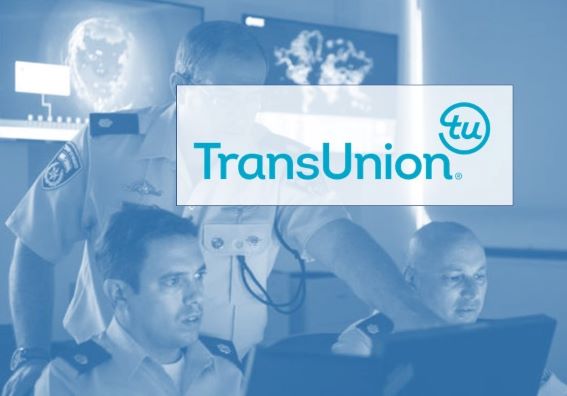New TransUnion report provides in-depth look into insider threats
Predicting insider threats can be an arduous process, but a new TransUnion (NYSE: TRU) insight guide points to the immediate need to thwart such transgressions. The guide, which was unveiled at the 6th Annual Insider Threat Summit in Monterey, Calif., includes analysis from an anonymous, aggregated set of 165,000 U.S. Armed Services employees at the end of 2019. The analysis found that 23.2% of armed services employees run the risk of financial distress with 10.7% at the highest risk threshold.
The findings are important because financial stressors are one of the key risk factors that can lead to malicious insider threats. The risk can be costly on a number of fronts especially when noting that the average cost of commercial insider threat last year was $11.45 million1 with the number of incidents rising 47% over a two-year period .2
And while employee and contractor neglect dominate insider threat incidents, the most serious resulted from malicious behavior, including criminal activities and credential theft. Malicious insider threats cost 40% or more on average than negligent incidents.3
 “The majority of insider threats stem from unintentional negligence. However, while not as prevalent, malicious insider threats are the costliest because they involve hostile acts like espionage, sabotage, intellectual property theft, workplace violence and fraud,” said Jonathan McDonald, executive vice president and head of TransUnion’s public sector business unit. “Dealing appropriately with insider threats is vital to federal, state and local government agencies who are most often missing external information that solves the challenge of detecting threats quickly and as they evolve.”
“The majority of insider threats stem from unintentional negligence. However, while not as prevalent, malicious insider threats are the costliest because they involve hostile acts like espionage, sabotage, intellectual property theft, workplace violence and fraud,” said Jonathan McDonald, executive vice president and head of TransUnion’s public sector business unit. “Dealing appropriately with insider threats is vital to federal, state and local government agencies who are most often missing external information that solves the challenge of detecting threats quickly and as they evolve.”
Four Warning Signs of Insider Threats
While it’s nearly impossible to predict every insider threat, the TransUnion insight guide found that there are warning signs that may alert organizations to a potential threat. The four common risk factors prior to an individual perpetrating a hostile act include:
- Personal predispositions such a medical/psychiatric conditions or social network risks.
- Stressors including personal, professional and financial.
- Concerning behaviors related to financial, interpersonal or travel.
- Problematic organizational responses such as inattention or inadequate investigation.
“It’s of utmost importance that an effective insider threat program helps organizations recognize these risk factors prior to and during employment. Organizations can and should monitor employees and contractors for these risk factors to trigger further assessment or investigation,” added McDonald.
Solutions to an Alarming Problem
Many companies and federal agencies are complying with the National Industrial Security Program Operating Manual (“NISPOM”) that mandates government agencies and relevant contractors create a written insider threat program. However, some organizations working to prevent insider threats tend to miss external information when establishing the most effective means to measuring predispositions and stressors that could lead to problems from employees.
TransUnion is working on tamping down on insider threats within government organizations via its trusted workforce solutions. The capabilities feature the CreditVision Financial Security Score (CVFS), purpose-built for helping employers understand the financial distress facing their employees. This score, and CreditVision solutions more generally, are unique in that they combine credit and public record signals.
“TransUnion also continues to innovate with new capabilities to determine risky behavior beyond CreditVision and FCRA-regulated data. Specifically, TransUnion now offers the industry’s first and only insider threat monitoring system that features the Device Reputation Report, which reveals new insights without including specific PII on employees,” said McDonald. “Flagging risky behavior, either from employees or devices, before it becomes a costly problem or endangers co-workers is key to a successful system that continually watches the patterns of behavior that are most risky.”
To download the full insight guide, please click here. Additional information about detecting insider threats can be accessed here.
Source: TransUnion Press Release


























